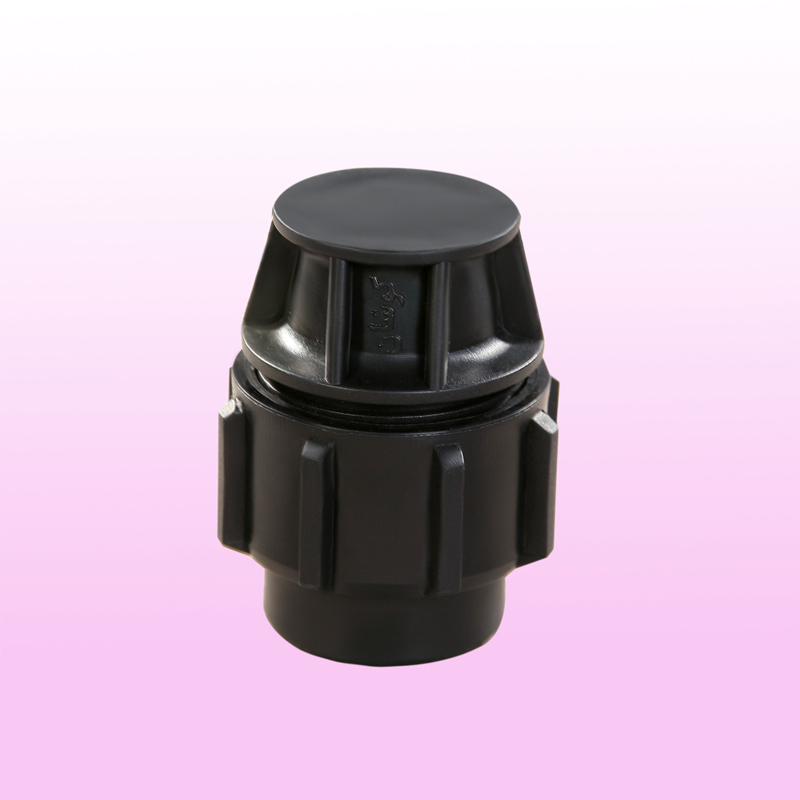Polyethylene End Plug is one of the most significant fittings that is extensively applied in different fields. This end plug is applied in order to close the end of polyethylene pipes or in other words, if it is required to block the path of a line or branch, it will be used. The advantage of applying this type of end plug is a secure sealing of the ethylene end plug, hence, it has no deposits, corrosion, and abrasion.
These fittings are generated based on the dimensions defined in the standard and the specifications table has not referred to the polyethylene end plug and dimensions are the only criterion to control the fittings. The weight of polyethylene fittings is not like a pipe that is defined in the standards, and it is possible that each piece’s weight differs somewhat from the generation conditions of the fittings.
In general, the components of the end plug include:
Body: Polypropylene copolymer
Socket: Polypropylene copolymer
Split ring: Polyoxymethylene (POM)
Bushing: Polypropylene
O-ring: (NBR_SBR-EPDM) can be delivered at the customer’s request.

End Plug (pp)
PN=10bar
| Size (mm/mm) | sack | Qty/box | Code |
| 20 | 250 | 200 | 824200 |
| 25 | 180 | 145 | 824250 |
| 32 | 120 | 100 | 824320 |
| 40 | 72 | 46 | 824400 |
| 50 | 48 | 33 | 824500 |
| 63 | 30 | 20 | 824630 |
| 75 | 20 | 12 | 824750 |
| 90 | 12 | 6 | 824900 |
| 110 | 7 | 4 | 824110 |
There are some advantages in applying polyethylene fittings:
• Low cost and high installation speed
• They do not need heavy machinery at run time
• Polished and smooth feature of outer and inner wall (low-pressure drop because of internal surface friction)
• No sedimentation
• Resistance to chemicals and rust, fractures and cracks caused by pressure or impact, corrosion and abrasion, vibrations caused by earthquakes
• High flexibility
• High resistance to pressure and impact
• UV resistant
• Easy installation and quick execution and easy transportation





